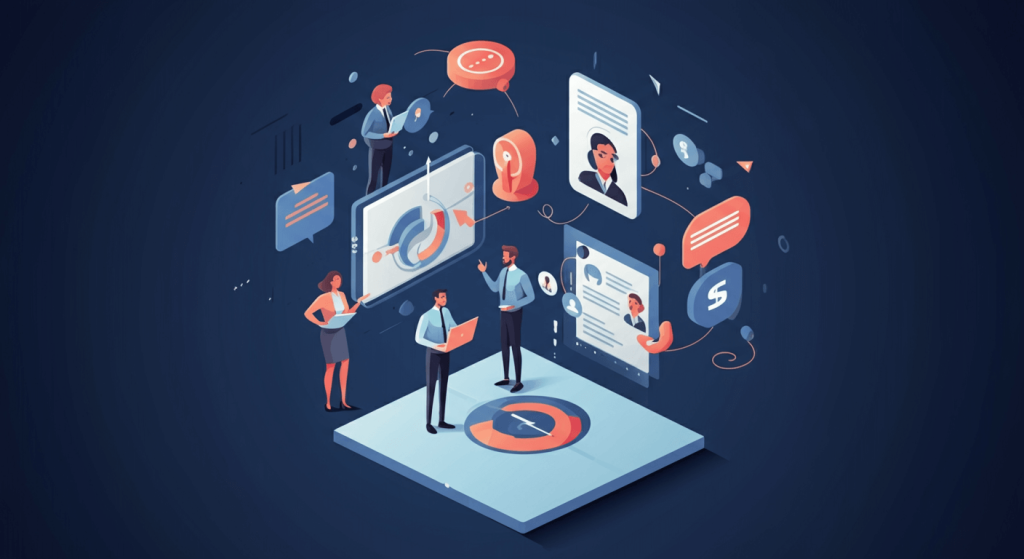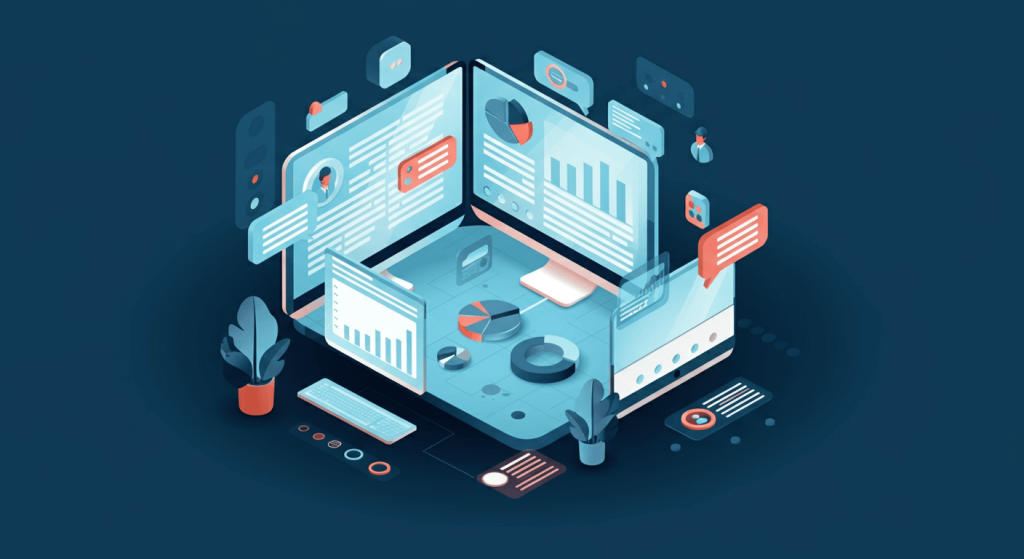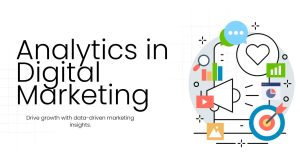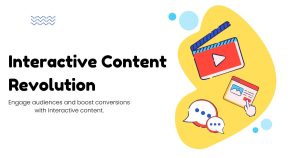Why B2B Emotional Marketing Drives Better Results Than Logic Alone

Business-to-business marketing has long been dominated by spreadsheets, feature comparisons, and logical decision-making frameworks. Yet recent neuroscience research reveals a surprising truth: even the most analytical B2B buyers make decisions with their emotions first, then justify them with logic.
This shift challenges everything we thought we knew about B2B marketing. While rational arguments about ROI and efficiency remain important, companies that tap into emotional connections are seeing dramatically higher engagement rates, shorter sales cycles, and stronger customer loyalty.
The most successful B2B brands understand that behind every corporate purchase decision sits a human being with fears, aspirations, and personal stakes in the outcome. They’ve learned to speak to both the spreadsheet and the soul.
The Science Behind B2B Emotional Decision-Making
Harvard Business School professor Gerald Zaltman’s research shows that 95% of purchasing decisions happen in the subconscious mind, driven by emotional responses rather than rational analysis. This finding holds true even in B2B environments where buyers spend weeks analyzing vendor proposals.
Consider the typical B2B buying journey. A procurement manager evaluating software solutions isn’t just comparing features and pricing. They’re weighing the personal risk of choosing the wrong vendor, imagining how a successful implementation might advance their career, and feeling the stress of making a decision that affects their entire team.

Corporate buyers experience emotions like:
- Fear of making the wrong choice
- Pride in finding innovative solutions
- Anxiety about job security
- Excitement about growth opportunities
- Relief when finding trusted partners
Smart B2B marketers recognize these emotional undercurrents and craft messages that address both the business need and the human experience behind it.
How Emotional Marketing Transforms B2B Campaigns
Emotional marketing in B2B doesn’t mean abandoning facts and figures. Instead, it means presenting logical information within an emotional framework that resonates with your audience’s deeper motivations.
Building Trust Through Vulnerability
Traditional B2B marketing often presents companies as flawless, all-knowing entities. Emotional marketing takes a different approach by showing vulnerability and authenticity. When software company Buffer openly shared their salary transparency and company struggles, they built stronger relationships with B2B customers who appreciated the honesty.
This vulnerability creates psychological safety for buyers. If a vendor can admit their limitations and show how they’ve overcome challenges, prospects feel more confident about entering a partnership.
Creating Urgency Beyond Deadlines
Most B2B campaigns rely on artificial urgency like limited-time offers or end-of-quarter pricing. Emotional marketing creates genuine urgency by connecting to deeper business anxieties and aspirations.
Instead of “Sign up by Friday for 20% off,” emotional messaging might focus on “While your competitors are still struggling with manual processes, you could be three months ahead with automated workflows.” This approach taps into competitive fear and the desire for advancement.
Storytelling That Mirrors Customer Challenges
Data points and case studies work better when wrapped in narratives that reflect the prospect’s own experience. Rather than simply stating “Company X increased efficiency by 40%,” emotional B2B marketing tells the story of a frustrated operations manager who finally found a solution that let her leave the office on time to attend her daughter’s soccer games.
These human details make success stories memorable and help prospects envision their own transformation.
Practical Strategies for B2B Emotional Marketing

Identify Your Audience’s Core Emotions
Start by mapping the emotional journey of your target buyers. Survey existing customers about their feelings during the decision-making process. What kept them up at night? What excited them most about implementing your solution?
Common B2B buyer emotions include:
- Frustration with current inefficient processes
- Pressure to demonstrate ROI to leadership
- Excitement about innovation and growth
- Concern about team adoption and change management
- Pride in finding solutions that benefit colleagues
Develop Emotionally Resonant Messaging
Once you understand your audience’s emotional landscape, craft messages that acknowledge these feelings while presenting your solution as the path forward.
Instead of: “Our platform increases productivity by 35%”
Try: “Finally, a solution that helps your team accomplish more without the late nights and weekend work”
The second message addresses the same productivity benefit while connecting to the emotional reality of overworked professionals.
Use Visual Storytelling
B2B content doesn’t have to be boring. Use photography and video that shows real people experiencing positive emotions related to your product. Instead of generic stock photos of people in suits pointing at charts, show genuine moments of relief, accomplishment, and collaboration.
Video testimonials work particularly well when customers discuss not just what your product does, but how it made them feel. A testimonial that mentions feeling “confident presenting to the board” or “proud of what our team accomplished” creates emotional resonance.
Design Customer Experience Around Emotions
The buying experience itself should reinforce positive emotions. Make your sales process feel supportive rather than pushy. Provide resources that help buyers feel informed and confident. Follow up with implementation support that demonstrates genuine care for customer success.
HubSpot excels at this approach by providing extensive free resources, educational content, and community support. Prospects feel supported and valued long before they become paying customers.
Measuring the Impact of Emotional B2B Marketing
Emotional marketing campaigns require different metrics than purely logical approaches. While conversion rates and lead generation remain important, also track:
- Engagement depth (time spent with content, pages viewed)
- Brand sentiment and emotional association surveys
- Customer lifetime value and retention rates
- Referral rates and word-of-mouth recommendations
- Sales cycle length and close rates
Companies implementing emotional B2B marketing often see longer initial engagement times but shorter overall sales cycles, as emotionally connected prospects move more quickly from consideration to purchase.
Common Pitfalls to Avoid
Overdoing Emotional Appeals
B2B emotional marketing works best with a light touch. Heavy-handed emotional manipulation can backfire in professional environments where buyers expect sophistication and respect for their intelligence.
Ignoring the Rational Component
Emotions may drive initial interest, but B2B buyers still need logical justification for their decisions. Always provide the data and rational arguments that support the emotional connection.
Misreading Your Audience
Different industries and roles respond to different emotional appeals. A risk-averse compliance officer requires different messaging than an innovation-focused technology leader. Research your specific audience rather than applying generic emotional strategies.
The Future of B2B Emotional Marketing
As artificial intelligence handles more routine business functions, human creativity and emotional intelligence become increasingly valuable in marketing. B2B buyers crave authentic connections with vendors who understand their challenges and aspirations.
The most successful B2B marketers will be those who master the balance between emotional resonance and logical substance. They’ll create campaigns that speak to both the analytical and intuitive sides of business decision-makers.

Transform Your B2B Marketing Strategy
Emotional marketing isn’t about manipulation or abandoning logic. It’s about recognizing that business buyers are humans first, making decisions that affect their careers, teams, and personal lives. When you acknowledge and address these deeper motivations, your logical arguments become more persuasive and memorable.
Start by interviewing your best customers about their emotional journey with your brand. What fears did your solution alleviate? What aspirations did it help them achieve? Use these insights to craft marketing messages that connect both intellectually and emotionally.
The B2B buyers who seem most analytical are often the ones most hungry for authentic human connection. Give them the emotional resonance they’re craving, backed by the logical proof they need to move forward with confidence.





